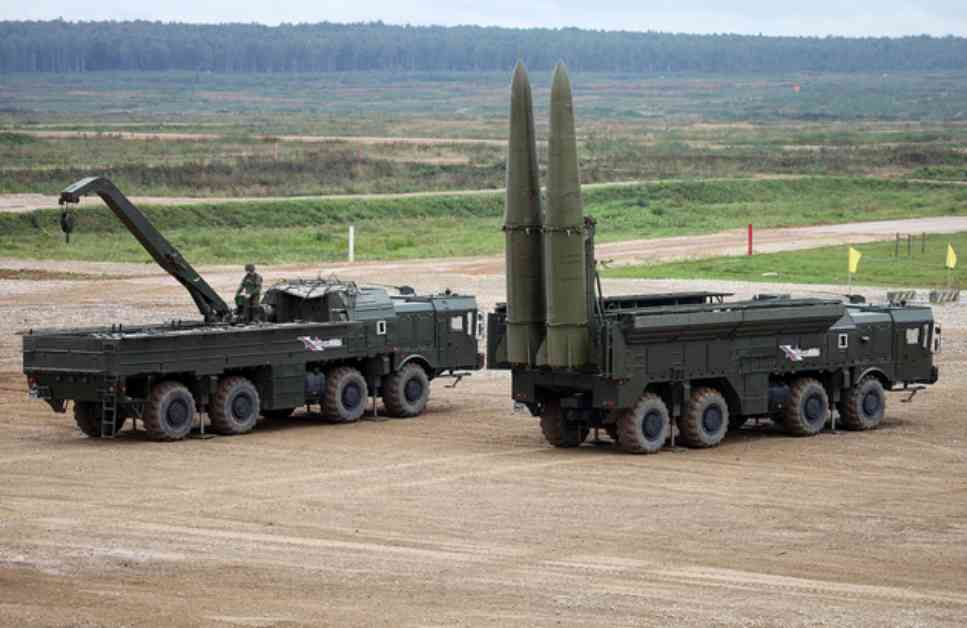Ukraine Counters Russia’s ‘Iskander-1000’ Propaganda with Dismissal
Recent reports from military-specialized outlets have sparked concern over Russia’s alleged plans to mass-produce a new iteration of its Iskander-M ballistic missile system. This upgraded version, informally dubbed the Iskander-1000, is rumored to have a remarkable range of up to 1,000 kilometers, effectively doubling the reach of its predecessor. The origins of this development trace back to May 2024, during Russia’s commemoration of the 78th anniversary of the Kapustin Yar missile test range.
However, Ukraine has swiftly dismissed these reports as disinformation. Andrii Kovalenko, the head of Ukraine’s Center for Countering Disinformation, has publicly refuted these claims, accusing Russia of utilizing English-language publications to spread propaganda. Kovalenko specifically called out the Military Watch Magazine for fabricating stories about Russia’s technological capabilities, highlighting a previous false claim regarding the production of 25 Oreshnik missiles per month.
#### Expert Insights on Iskander-1000 Enhancements
According to various outlets, the Iskander-1000 retains the structural design of its predecessor, the 9M723-1/K5 model, while incorporating several key enhancements. One notable addition is the autonomous inertial navigation system, which ensures high accuracy by utilizing internal sensors to monitor the missile’s position and orientation during flight, rather than relying on external GPS triangulation-based updates.
Moreover, reports suggest that the Iskander-1000 may feature electronic countermeasures, including decoys and jamming technology, aimed at deceiving enemy missile defense systems. A significant advantage highlighted by experts is the system’s ground-based launch capability, allowing it to be deployed from the same mobile platforms as the existing Iskander-M. This feature not only enhances operational flexibility but also complicates detection compared to air-launched missiles like the Kinzhal.
#### Strategic Implications of Iskander-1000 Deployment
The potential deployment of the Iskander-1000 carries significant strategic implications, particularly if stationed in key locations such as Kaliningrad, Crimea, or regions near Ukraine. In Kaliningrad, the missile launcher could effectively place Eastern and Central Europe within striking distance, posing a threat to NATO military bases in Germany, Poland, and the Baltics. Similarly, deployment in Crimea or eastern Ukrainian territories could target critical military infrastructure or civilian areas.
Moreover, experts speculate that positioning the Iskander-1000 in St. Petersburg or Karelia could serve as a deterrent against neighboring countries like Finland, which recently joined NATO. In the Far East near Vladivostok, the missile system could potentially counterbalance US and Japanese military presence in the Pacific, although such a move remains less probable at this time.
Despite these reports and assessments, Russia has not officially confirmed the existence of the Iskander-1000. The uncertainties surrounding this development underscore the complex geopolitical landscape and ongoing military dynamics in the region.
Kyiv Post, Ukraine’s premier English news organization, continues to provide comprehensive coverage and analysis of critical issues, offering a global perspective on Ukraine’s evolving narrative. Through its longstanding commitment to journalistic integrity and accuracy, the Kyiv Post remains a trusted source for international audiences seeking insights into Ukraine’s multifaceted story.

















